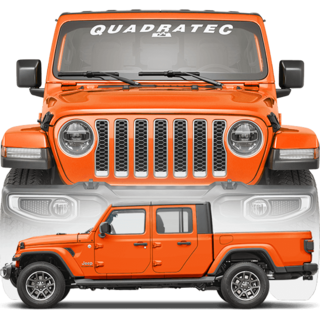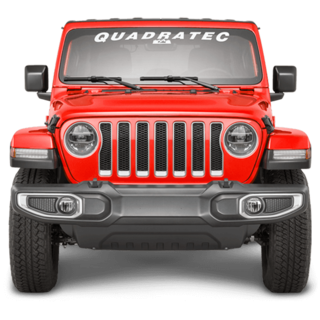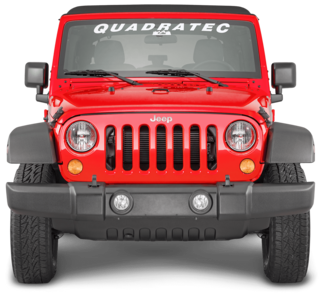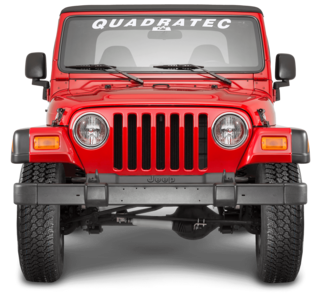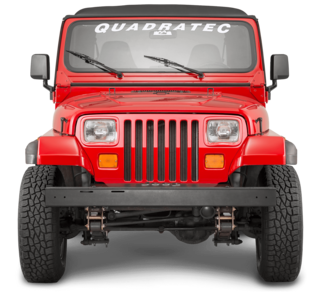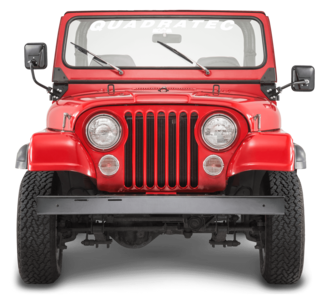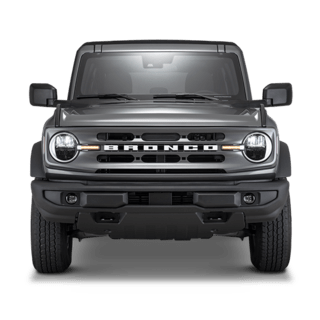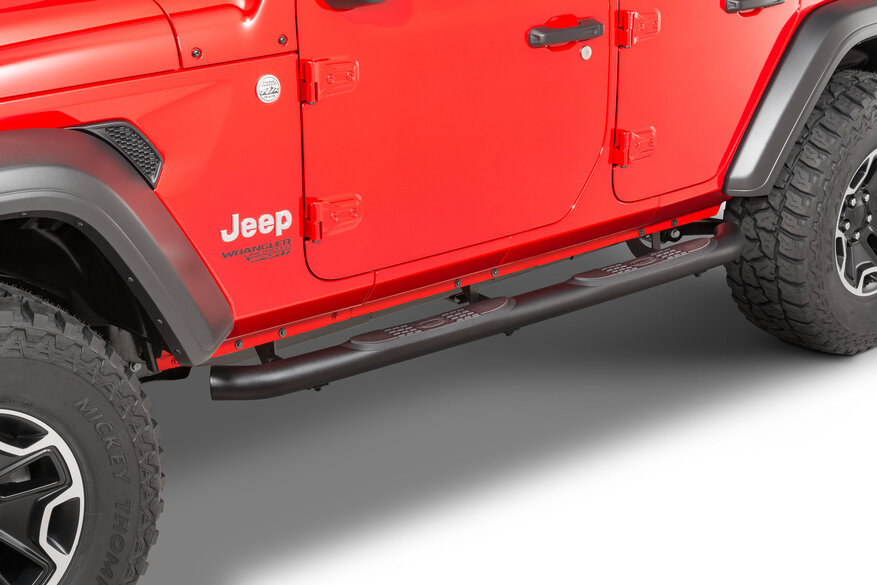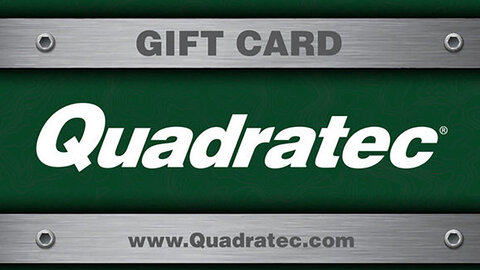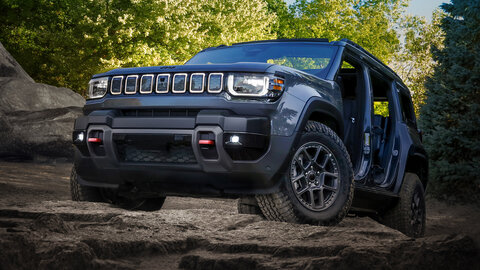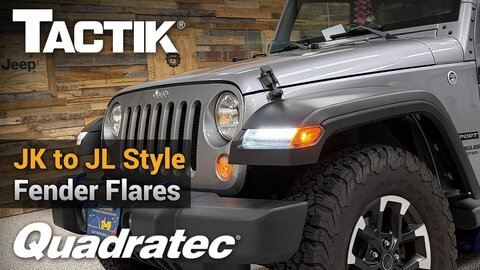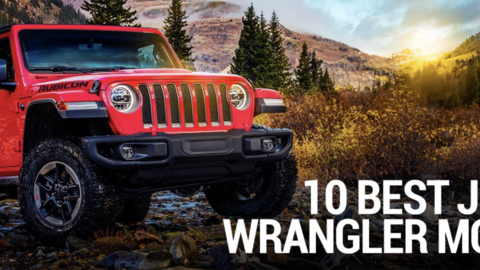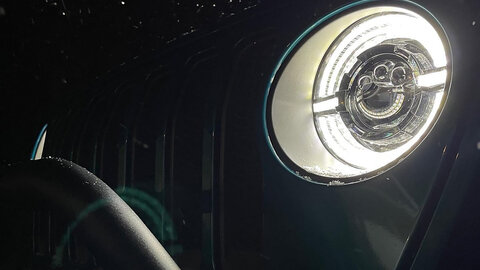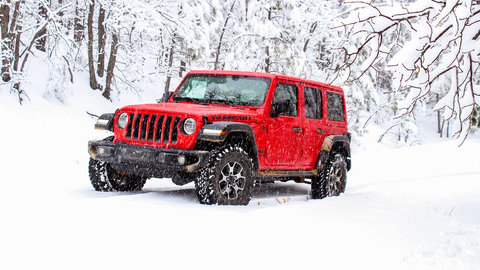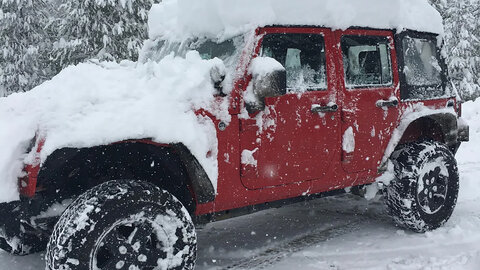by Matt Konkle
Managing Editor
Side steps for a Jeep aren’t just another bolt-on accessory; they are a gateway to easy access and added protection. They’re functional, practical, and can often mean the difference between a comfortable climb into your Jeep or struggling to get in and out.
Whether you're navigating rocky trails or simply making daily commutes, good side steps are just as important as your tires, lift kit, or skid plates.
But with so many options and a learning curve to match, it’s no surprise we get tons of side-step questions. So, we’ve gathered some of the most common ones from our customers over the years and answered them all right here — clearly, honestly, and trail-tested.
What benefits do side steps offer on a Jeep?
Side steps are more than just a pretty head turner; they make it easier to enter and exit your Jeep (especially useful if it's lifted), help prevent door sill damage from rocks and trail debris, and support heavier passengers or cargo loading. They also give your rig a clean, finished appearance without much trade-off in clearance.
Are side steps necessary?
While not strictly necessary, side steps offer significant benefits. They provide easier access to your Jeep, protect the body from rocks and debris, and enhance its appearance. For off-road enthusiasts and daily drivers alike, they are a valuable addition to any Jeep setup.
What’s the difference between side steps, nerf bars, and running boards?
While all three serve a similar purpose, making it easier to get in and out of your Jeep, they differ in design and function.
Side steps are smaller platforms or hoops that typically mount near the doors and offer focused step access.
Nerf bars are tubular and often run the length of the rocker panel, offering a cleaner look and some added trail protection.
Running boards are wide, flat steps that span most of the rocker area, providing maximum foot space—great for daily drivers or family builds.
Your choice depends on whether you prioritize function, looks, or trail performance.
How do I install side steps?
For most side steps, installation is a straightforward process that you can usually do in the garage or on the driveway with basic tools and without drilling. Most will bolt directly to factory mounting locations and should include the necessary hardware. However, always check that hardware first and ensure you have everything you need before trying to install.
Additionally, once those steps are on, make sure all the bolts are torqued up properly and not just ‘hand tight’.
Will side steps affect my Jeep’s performance?
Adding side steps on your Jeep won’t significantly affect its performance. However, larger or heavier steps can add weight and slightly alter aerodynamics — especially if you have other heavy aftermarket items like bumpers, racks, or a winch. So, it is essential to choose steps that balance functionality and aesthetics without compromising your Jeep’s handling.
Are aluminum side steps strong enough for off-road use?
Aluminum steps can be strong and corrosion-resistant, but they’re generally better suited for street use or light trail duty. If you're planning serious off-roading, steel steps or rock sliders are the better bet—they're more impact-resistant and can handle direct hits from rocks or stumps. That said, some heavy-duty aluminum options with reinforced brackets are surprisingly capable.
How do I maintain my side steps?
The best way to maintain your side steps is to continually inspect them for damage, clean them regularly and ensure they are securely attached. For metal steps, check for rust and apply a protective coating if necessary. For plastic or composite steps, use a mild soap and water solution.
What common installation mistakes should I avoid?
Some top mistakes many people make when installing side steps include having an uneven alignment. While most steps are installed in factory-provided locations, hastily mounted steps may not be entirely level. Therefore, take your time and check the step-to-door spacing before tightening any hardware.
Once installed, remember to recheck those bolts after a few days of driving or rock crawling, as bumps and jolts could loosen those bolts over time.
Also, if you are removing older steps from your Jeep, any rusted hardware could be dangerous to remove if stuck in place. It may be helpful to use some penetrating oil on those bolts to ease their removal.
And when installing new steps, do your best to remove dirt, frame rust, or debris at mounting points, as all of that can prevent a flush fit or cause squeaks later.
What is the difference between fixed and retractable side steps?
Fixed side steps are permanently attached and provide consistent support and protection. They are ideal for off-road enthusiasts who need reliable steps that can handle rough terrain.
Retractable side steps, on the other hand, fold away when not in use, offering a sleek look and improved ground clearance. They are perfect for those who want the convenience of side steps without compromising off-road capability.
Can I paint or powder coat my side steps to match my Jeep?
Definitely. Most steps come with black powder coating, but many can be repainted or re-coated for a custom look. Just be sure to properly sand, prime, and use high-quality coatings rated for exterior use. If you're buying new, some brands offer color-matched or raw steel options that are ready for custom paint or powder coating.
Can I keep my mud flaps with side steps installed?
It depends on the step design. Some side steps—especially wider running boards or frame-mounted sliders—may interfere with factory or aftermarket mud flaps. In some cases, you may need to trim or remove the flaps for proper fit. However, several manufacturers design steps to work with splash guards or flaps, so check compatibility before you buy.
Will side steps affect my ground clearance or off-road performance?
It depends on the type of step you install. Traditional running boards and nerf bars can reduce breakover and side clearance, making them less ideal for serious off-roading. Rock sliders and step sliders, however, are built flush with the frame and double as armor—offering protection without sacrificing clearance. If you hit trails often, opt for high-clearance steel sliders that can take a hit without hanging you up on rocks.
Related Articles:
Go Topless — But Smarter: Choosing the Best Summer Top Accessories for Your Jeep
What Are The Differences Between Jeep Rocker Guards And Side Steps

